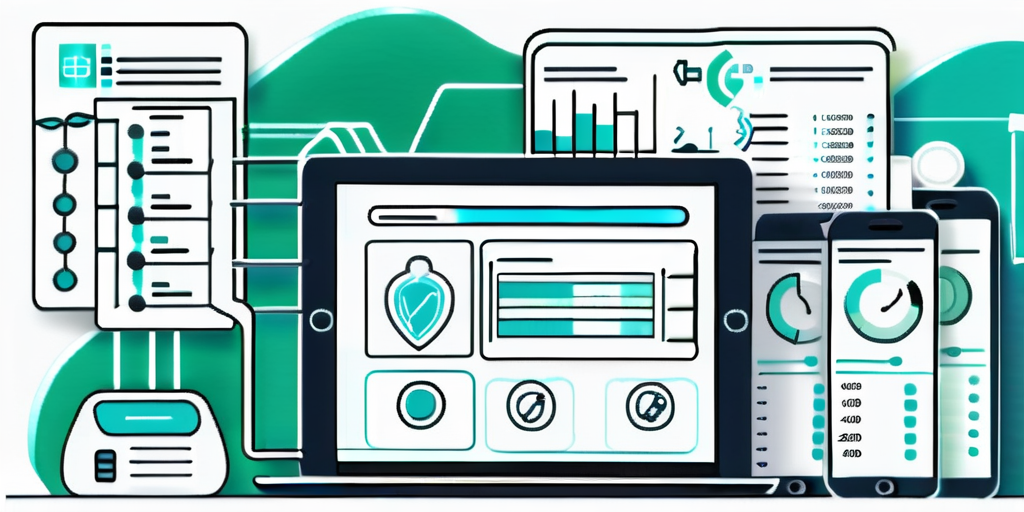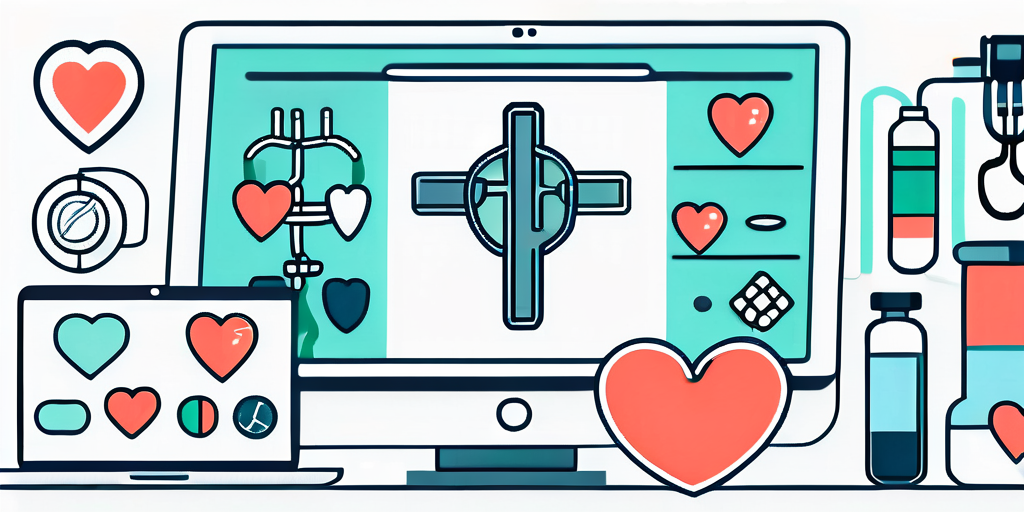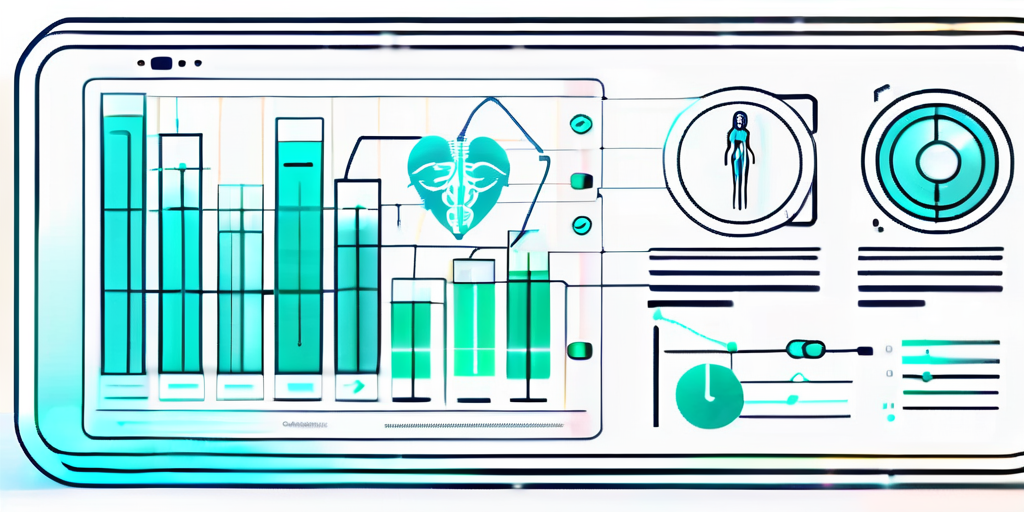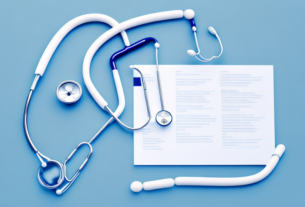For centuries, health records were traditionally kept in paper format. However, the advent of technology and its integration into healthcare systems has ushered in a new era of medical record keeping. The evolution of health record keeping has witnessed a shift from traditional paper-based systems to digital platforms.
Electronic Health Records (EHRs) have revolutionized the way healthcare providers store and access patient information. Gone are the days of handwritten records stored in filing cabinets, which made it challenging to retrieve and share data, especially during emergencies. With EHRs, healthcare professionals can now access patient data at the click of a button, making the process more efficient and streamlined.
Electronic Health Records (EHRs) have revolutionized the way medical information is stored, accessed, and shared. In this article, we will delve into the concept of EHRs, explore their key components, discuss their role in modern healthcare, address privacy and security concerns, and take a glimpse into the future of this rapidly evolving technology.
How EHRs Are Transforming Medical Care
In the past, health records were primarily handwritten and stored in filing cabinets. This manual process often led to errors, misplaced documents, and difficulties in retrieving information when needed. Additionally, sharing patient data between healthcare providers was a cumbersome task, often requiring physical transfer of records.
However, with the introduction of digital health record systems, these challenges have been overcome. EHRs provide a centralized and standardized way of storing patient information, ensuring accuracy and accessibility. Healthcare professionals can now easily search for specific patient data, such as medical history, allergies, and previous treatments, without the need to sift through stacks of paper records.
Moreover, EHRs have facilitated efficient collaboration between healthcare professionals. With the ability to access patient records electronically, doctors, nurses, and specialists can seamlessly communicate and share information, leading to better coordinated care and improved patient outcomes. This collaborative approach allows for a more holistic view of a patient’s health, enabling healthcare providers to make well-informed decisions.
Advances in EHR Adoption to digital
The digitalization of health records began in the late 1960s, with the introduction of standardized medical coding systems. These systems provided a structured way of recording patient information, facilitating analysis and research. However, it was not until the advancements in technology that comprehensive Electronic Health Records systems were developed.
Modern EHRs go beyond simple medical coding systems. They store not only patient demographics but also detailed medical histories, diagnostics, treatment plans, and medication records. This wealth of information allows healthcare providers to have a comprehensive view of a patient’s health, enabling them to provide personalized and effective care.
Furthermore, EHRs have opened up new possibilities for data analysis and research. With large amounts of patient data stored electronically, researchers can now analyze trends, identify patterns, and conduct studies on a much larger scale. This has the potential to drive medical advancements and improve population health outcomes.
In conclusion, the concept of Electronic Health Records has transformed the way healthcare providers store, access, and share patient information. From the traditional paper-based systems to the digital platforms of today, EHRs have revolutionized health record keeping, making it more efficient, accurate, and collaborative. As technology continues to advance, we can expect further enhancements in EHR systems, leading to improved healthcare delivery and better patient care.
Key Components of Electronic Health Records
A holistic Electronic Health Record system typically consists of several key components, each playing a crucial role in comprehensive patient care.

Patient Information and Data
One of the core elements of an EHR is the inclusion of patient demographics, such as name, age, gender, and contact information. This data forms the foundation upon which all other medical information is organized and accessed.
Furthermore, the patient information and data section of an EHR goes beyond basic demographics. It also includes important details about the patient’s lifestyle, occupation, and social history. These additional details provide healthcare providers with a more comprehensive understanding of the patient’s overall health and well-being.
Moreover, the patient information and data component of an EHR may also incorporate information about the patient’s insurance coverage and billing details. This integration streamlines the administrative processes and ensures accurate reimbursement for healthcare services rendered.
Medical History and Diagnostics
Electronic Health Records contain a comprehensive medical history of patients, including details of past illnesses, surgeries, and allergies. This extensive record allows healthcare providers to have a holistic view of the patient’s health journey and make informed decisions about their current and future care.
In addition to medical history, EHRs also store diagnostic results, such as blood tests and imaging reports. These results are crucial in diagnosing and monitoring various medical conditions. With EHRs, healthcare providers can easily retrieve and analyze these diagnostic reports, enabling faster and more accurate decision-making.
Furthermore, EHRs may also include a section for recording and tracking vital signs, such as blood pressure, heart rate, and temperature. This information provides valuable insights into the patient’s overall health status and helps healthcare providers monitor any changes or trends over time.
Treatment Plans and Medication Records
An essential aspect of EHRs is the ability to document treatment plans and medication records. This includes details of prescribed medications, dosages, and any specific instructions provided to the patient. Having access to this information facilitates continuity of care and reduces the risk of medication errors.
Moreover, EHRs often incorporate features that allow healthcare providers to set reminders and alerts for medication administration. These reminders help ensure that patients adhere to their prescribed treatment plans, leading to improved health outcomes.
In addition to treatment plans, EHRs may also include a section for documenting and tracking the patient’s response to various interventions. This information helps healthcare providers assess the effectiveness of different treatments and make necessary adjustments to optimize patient care.
Furthermore, EHRs can integrate with pharmacy systems, allowing healthcare providers to electronically send prescriptions to pharmacies. This electronic prescribing feature enhances efficiency, reduces errors, and promotes seamless communication between healthcare providers and pharmacists.
As technology continues to advance, the components of Electronic Health Records are evolving to encompass even more comprehensive and interconnected features. From patient portals that enable patients to access their own health information to interoperability capabilities that allow seamless sharing of data between different healthcare providers, the future of EHRs holds immense potential for improving patient care and outcomes.
Key Benefits of Electronic Health Records in Modern Healthcare
Electronic Health Records (EHRs) have revolutionized the way healthcare is delivered, providing a multitude of benefits that improve patient care, safety, and research.

One of the key advantages of EHRs is their ability to enhance efficiency in healthcare delivery. By digitizing patient information, EHRs reduce the time taken to access crucial medical data, streamlining workflows, and minimizing paperwork. This increased efficiency allows healthcare professionals to dedicate more time to direct patient care, ensuring that each individual receives the attention they need and deserve.
Moreover, EHRs play a crucial role in enhancing patient safety and care quality. By providing accurate and up-to-date medical information, EHRs help prevent medication errors, allergies, and adverse reactions. This real-time access to patient data also facilitates timely interventions, enabling healthcare providers to make informed decisions quickly. Additionally, EHRs improve communication between different healthcare providers, ensuring that everyone involved in a patient’s care is well-informed and can collaborate effectively.
Furthermore, EHRs have a significant impact on research and data analysis. The structured format of electronic health records allows for easier analysis of trends, outcomes, and population health. Researchers and analysts can extract valuable insights from the vast amount of data stored in EHRs, leading to evidence-based decision-making and the development of more effective treatment protocols. This wealth of information also enables the identification of patterns and correlations that can contribute to advancements in medical knowledge and the discovery of new treatments.
In conclusion, Electronic Health Records have become an indispensable tool in modern healthcare. Their ability to improve efficiency, enhance patient safety, and facilitate research and data analysis has transformed the way healthcare is delivered and has the potential to revolutionize patient care even further in the future.
Challenges and Security Considerations in Electronic Health Records
While the benefits of EHRs are significant, it is crucial to address the privacy and security concerns surrounding the electronic storage and transmission of sensitive patient information.
Understanding Health Information Privacy
Health information privacy refers to the protection of patient data from unauthorized access or disclosure. Regulations, such as the Health Insurance Portability and Accountability Act (HIPAA), provide guidelines and requirements for safeguarding patient privacy.
Measures for Ensuring Data Security
Healthcare organizations employ various measures to ensure data security, such as implementing robust encryption technologies, regular security audits, and training staff on security best practices. By adhering to these measures, healthcare providers can safeguard patient data and mitigate the risk of unauthorized access or breaches.
The Future of Electronic Health Records
As technology continues to advance, we can expect further transformations in the field of Electronic Health Records.

Emerging Trends in Digital Health Records
The future of EHRs is likely to witness increased interoperability, allowing seamless exchange of data between different healthcare systems. Additionally, the integration of artificial intelligence and machine learning algorithms holds the potential to revolutionize the analysis and interpretation of large-scale healthcare data.
The Impact of Technological Advancements on EHRs
Technological advancements, such as wearable devices and telehealth solutions, will further enhance the capabilities of Electronic Health Records. Real-time monitoring and remote access to patient information will revolutionize healthcare delivery, making it more patient-centered and accessible.
In conclusion, Electronic Health Records have redefined the way medical information is stored, accessed, and utilized. With their ability to improve efficiency, enhance patient safety, and facilitate research, EHRs are at the forefront of modern healthcare. However, it is crucial to address privacy and security concerns, ensuring that patient data remains protected. As technology continues to evolve, the future of EHRs holds immense potential for further advancements and improvements in healthcare delivery.




